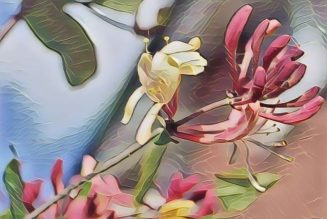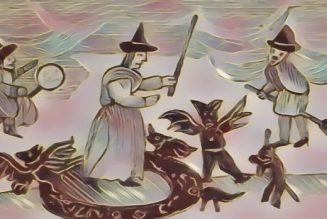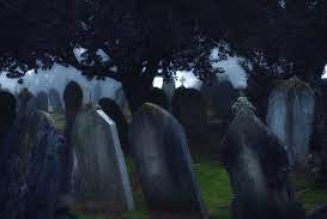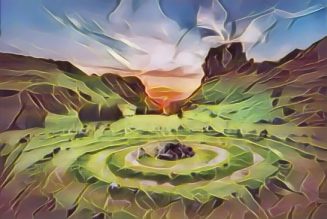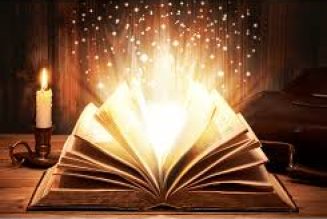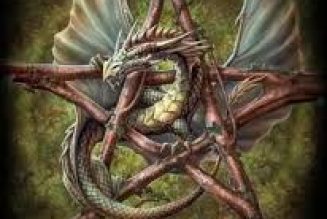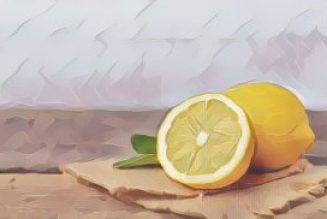These days, there are so many different tarot decks out there. You’ll also find Oracle cards, which are fantastic for personal readings. Each deck comes with a guidebook that explains the meanings, so just pick one that feels right to you or really speaks to you.
Traditional tarot decks have two main parts: the Major Arcana—cards like The Fool, Magician, and High Priestess—and the Minor Arcana, which is split into four suits. They’re a bit like playing cards, but instead of hearts, diamonds, clubs, and spades, tarot uses Swords, Pentacles, Chalices, and Wands.
Don’t have a tarot deck? No problem! You can use regular playing cards to stand in for the Minor Arcana, or even do readings with just playing cards. Here’s how it works: Aces are powerful and represent elemental energy. Cards numbered 2 through 10 show everyday situations. The face cards—Jack, Queen, and King—stand for people or personality traits. (The Jack can cover both the page and the knight.) If you’re using playing cards for divination, it’s a good idea to pick one special deck and use it only for that purpose.
The pictures on your cards can really shape how you read them, and your interpretations might change from one deck to another, or even from reading to reading. For example, Ann always checks out the 10 of Swords and the Devil card in a new deck to see if she connects with it. The 10 of Swords might look scary, but it actually means you’re leaving a tough situation behind and moving forward. The Devil card sometimes shows the Christian Devil, but in pagan traditions, it can stand for the Horned God, which is all about natural cycles and blessings. So, when you’re choosing cards, think about both their meanings and their images.
If you want a quick reference, pages 122-126 of Book 1 list the cards and their basic meanings. But remember, meanings can shift depending on the deck. If you’re not sure, trust your gut and check the guidebook that comes with your deck. Here’s a tip from Becca: she likes to use both the list in the book and the deck’s guidebook together. That way, she gets a deeper, more complete understanding.
When you’re ready to read your cards, you can lay them all out and flip them over at once, or turn them one at a time and read as you go. Sometimes, seeing the whole spread at once gives you the clearest picture. Other times, it helps to focus on one area at a time. It’s totally up to you.
If you deal a card upside down—this is called “reversed”—it can mean something different than if it’s upright. Usually, a reversed card means the opposite of its upright meaning. You’ll find reverse meanings listed with the card meanings, but Ann likes to ignore them unless they really feel important. If your deck’s guidebook doesn’t mention reversed meanings, don’t worry about it—just read the card as if it’s upright. Major Arcana cards (those mystical archetypes) are usually read upright, and power cards like the Aces are always upright.
If you’re using regular playing cards, here’s a quick rundown: Hearts are about love and emotions. Diamonds mean money and success. Clubs are for career and social stuff. Spades usually point to challenges, illness, or warnings.
The Jack stands for both the page and the knight, and usually means news, young people, or ideas turning into action. Aces are always power cards. Two aces together can mean marriage, while three or four aces show big success. If you see a lot of queens, it might be a warning about gossip or scandal—unless you recognize specific people in the cards. Lots of kings suggest big business deals. Several Jacks can mean mischief or competition. Three or more 10s mean something good is coming, maybe more money. Three or more 9s suggest sudden good luck. And the 9 of hearts is the “wish” card—make a wish when you see it, and it just might come true.
Finally, there are lots of different ways to lay out your cards, called “spreads.” The way you arrange the cards can change how you read them, because each spread has its own special meaning.



















